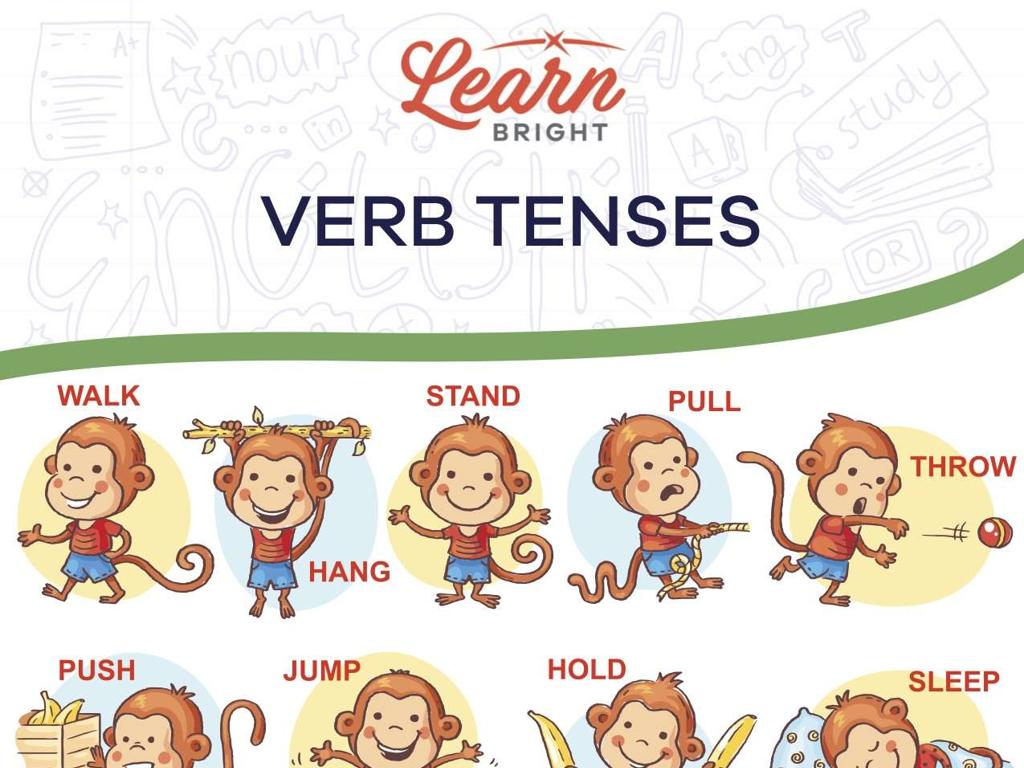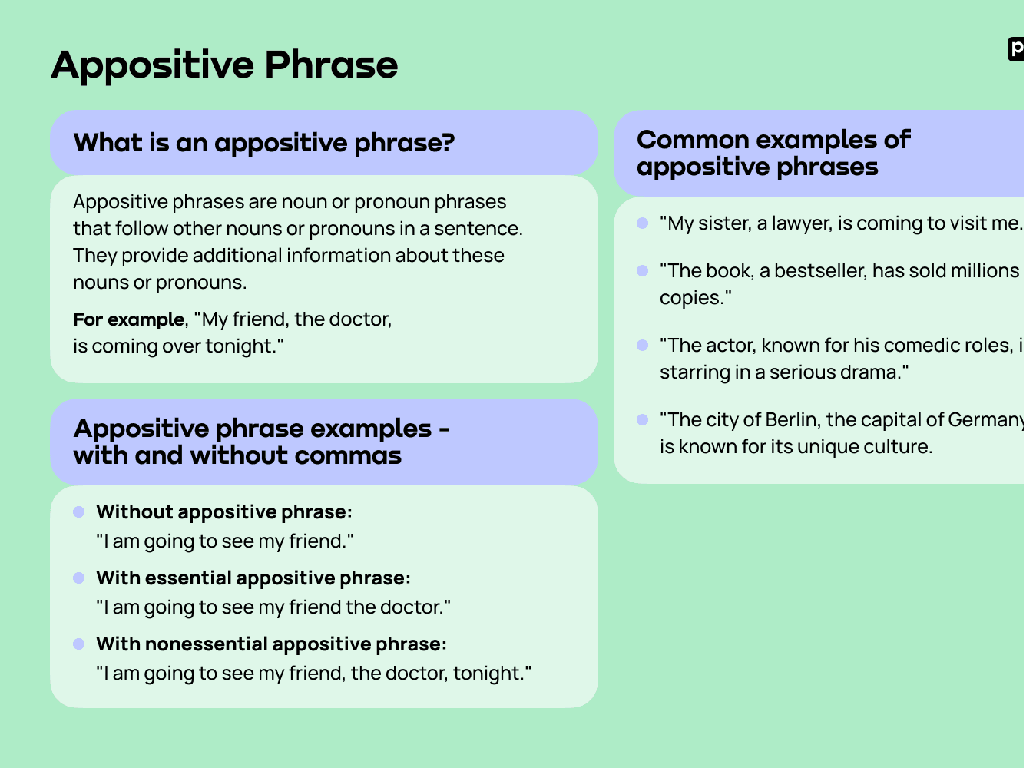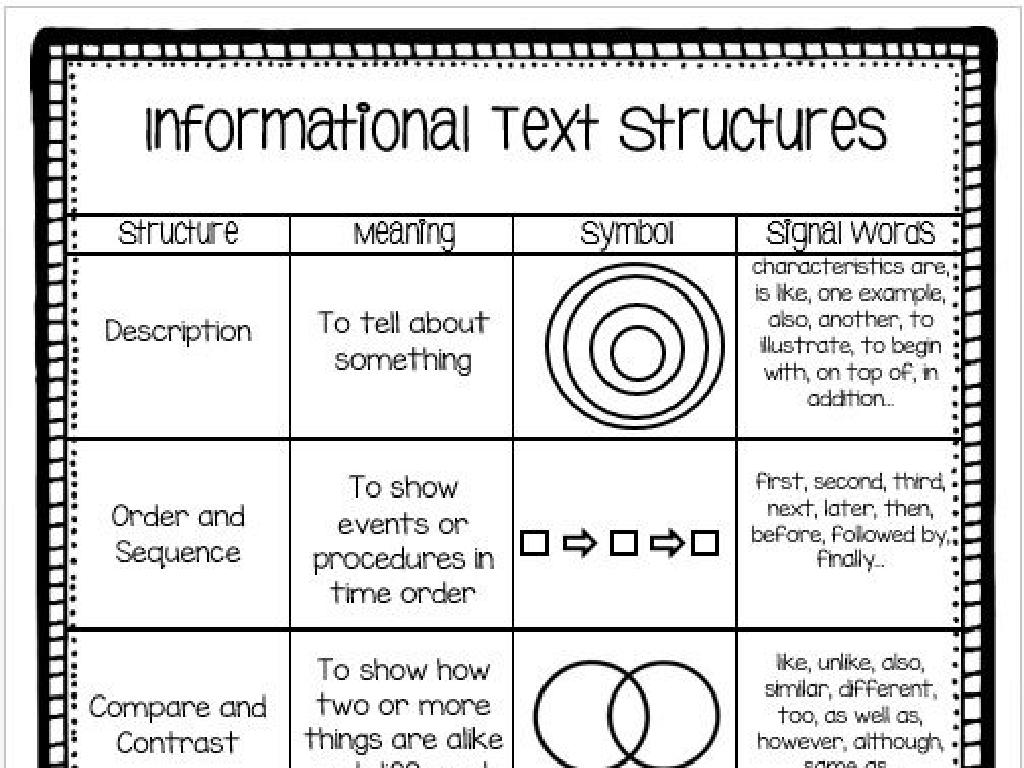Compare Ancient River Civilizations: Achievements And Legacy
Subject: Social studies
Grade: Seventh grade
Topic: Comparing Ancient River Civilizations
Please LOG IN to download the presentation. Access is available to registered users only.
View More Content
Exploring Ancient River Civilizations
– Cradles of Civilization defined
– Birthplaces of the earliest societies
– Rivers: Tigris-Euphrates, Nile, Indus, Yellow
– Each river nurtured a unique civilization
– Civilization key elements
– Cities, gov’t, religion, social structure, writing, art
– Achievements and legacies
– Innovations like the wheel, agriculture, laws
|
This slide introduces students to the concept of ‘Cradles of Civilization,’ focusing on the ancient societies that emerged around the Tigris-Euphrates, Nile, Indus, and Yellow Rivers. Discuss the common elements that define a civilization, such as urban development, organized government, formalized religion, social hierarchy, written communication, and artistic expression. Highlight the significant achievements and lasting legacies of these river civilizations, including technological innovations, agricultural practices, legal systems, and cultural contributions. Encourage students to consider how these ancient civilizations have shaped the modern world.
Mesopotamia: Cradle of Civilization
– Located in modern-day Iraq
– Innovations: wheel, plow, cuneiform
– First to create the wheel for transport, plow for agriculture, and cuneiform for record-keeping
– The Code of Hammurabi
– An ancient law code that has influenced modern legal systems
– Legacy of Mesopotamian society
– Their advancements laid the foundations for future civilizations
|
This slide introduces students to the ancient civilization of Mesopotamia, situated in what is now Iraq. Highlight the significant inventions of Mesopotamia, such as the wheel, which revolutionized transport, the plow, which improved agricultural efficiency, and cuneiform writing, which was one of the earliest writing systems. Discuss the Code of Hammurabi, emphasizing its importance as one of the oldest written codes of law, which has had a lasting impact on legal systems around the world. Explain how these achievements and the legacy of Mesopotamian society have been fundamental in shaping human civilization. Encourage students to think about how these inventions still affect our lives today.
Egypt: The Gift of the Nile
– Northeast Africa location
– Egypt’s civilization flourished around the Nile River.
– Pyramids and mummification
– The pyramids are tombs for pharaohs; mummification preserved bodies for the afterlife.
– Hieroglyphic writing system
– Hieroglyphics were used for record-keeping and ceremonial purposes.
– Pharaohs and divine kingship
– Pharaohs were considered gods on Earth, ruling as divine leaders.
|
This slide introduces students to the ancient Egyptian civilization, emphasizing its geographical context and remarkable achievements. The Nile River’s fertile banks allowed Egypt to become a powerful empire. Highlight the architectural prowess shown in pyramid construction and the religious significance of mummification. Explain hieroglyphics as one of the earliest writing systems, and discuss the pharaohs’ role as both political and religious figures, embodying the concept of divine kingship. Encourage students to reflect on how these achievements and the legacy of the pharaohs have shaped our understanding of ancient Egypt.
Indus Valley Civilization: Urban Innovation
– Location: Modern-day Pakistan and India
– Advanced urban planning and architecture
– Featured grid layouts, baked brick houses
– Elaborate drainage systems
– Prevented flooding and maintained hygiene
– Theories behind its disappearance
– Climate change, invasions, or river changes?
|
The Indus Valley Civilization was a Bronze Age civilization located in the northwestern regions of South Asia. It is known for its advanced urban planning, including the use of baked brick in construction and sophisticated drainage systems, which highlight the civilization’s understanding of urban sanitation and infrastructure. The disappearance of the Indus Valley Civilization remains a mystery, with various theories suggesting climate change, Aryan invasions, or alterations in the course of the river as possible explanations. Encourage students to discuss these theories and consider the impact of environmental and social changes on civilizations. This slide aims to give students an overview of the achievements and the enduring legacy of the Indus Valley Civilization, setting the stage for comparing it with other ancient river civilizations.
China: The Yellow River Civilization
– Origin along the Yellow River
– Cradle of Chinese civilization, fostering early development.
– Innovations in bronze and oracle bones
– Advanced metalworking; oracle bones for divination and record-keeping.
– Concept of the Mandate of Heaven
– Divine right to rule, justifying the emperor’s power.
– Legacy: Great Wall & Terracotta Army
– Monumental constructions symbolizing defense and afterlife protection.
|
This slide explores the Yellow River Civilization, emphasizing its significant contributions to culture, technology, and governance. The Yellow River, also known as Huang He, is where the early Chinese civilization flourished, leading to major advancements such as sophisticated bronze work and the use of oracle bones for both divination and the earliest known Chinese writing. The Mandate of Heaven was a pivotal concept that legitimized the rule of emperors, suggesting that heaven granted them the right to rule based on virtue. The civilization’s enduring legacy includes the Great Wall, built for defense against invasions, and the Terracotta Army, which reflects beliefs in the afterlife and the emperor’s power. Encourage students to reflect on how these achievements and the legacy have shaped modern perceptions of ancient China.
Comparing Ancient River Civilizations
– Civilizations by rivers
– Rivers provided resources for agriculture, trade, and settlement.
– Distinct cultural achievements
– Each civilization had unique contributions, like the pyramids or the wheel.
– Varied governments and beliefs
– From pharaohs to kings, governance varied, as did mythology and worship.
– Enduring legacies in today’s world
– Modern language, law, and architecture trace back to these ancient societies.
|
This slide aims to highlight the similarities and differences among ancient river civilizations, such as those in Mesopotamia, Egypt, the Indus Valley, and China. Emphasize how rivers like the Tigris, Euphrates, Nile, Indus, and Yellow River were crucial for development. Discuss unique contributions such as Mesopotamia’s cuneiform and Egypt’s hieroglyphics. Compare and contrast the different forms of government and religious practices. Lastly, explore how these ancient civilizations have left a lasting impact on the modern world, influencing everything from language and law to societal structures and architecture. Encourage students to think about how these legacies still affect their lives today.
Class Activity: Create Your Civilization
– Choose a fictional river for your civilization
– Discuss geography, resources, government
– Consider the land’s features, available materials, and type of leadership
– Highlight culture and technology
– What are the customs, arts, and innovations?
– Prepare a civilization presentation
– Focus on achievements and what legacy it would leave behind
|
This activity is designed to foster creativity and apply knowledge of ancient river civilizations. Students will work in groups to imagine and create a civilization, considering the same factors that influenced ancient societies. They should think about the terrain, natural resources, the structure of government, cultural practices, and technological advancements. Encourage them to be innovative and think about how these elements work together to create a successful civilization. The presentation should showcase their civilization’s unique achievements and the legacy it could leave. This will help students understand the complexities of ancient civilizations and the lasting impact they have had on the world. Provide guidance on presentation skills and ensure each group member contributes.





